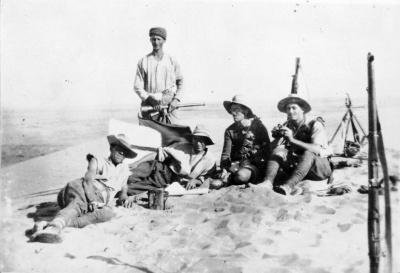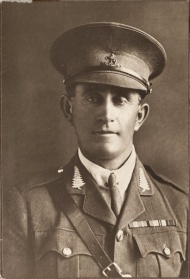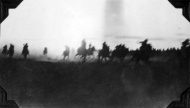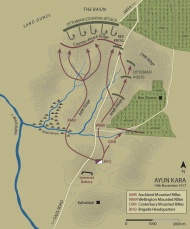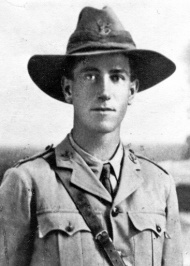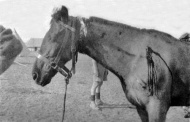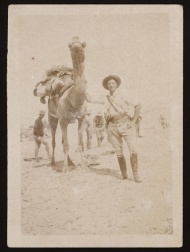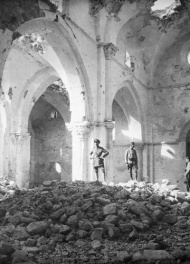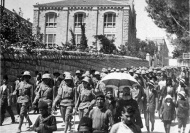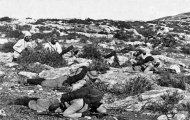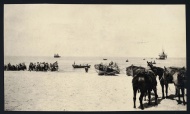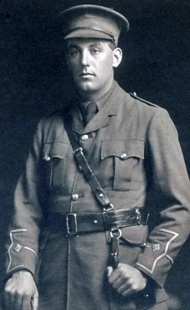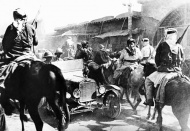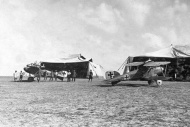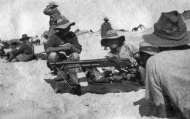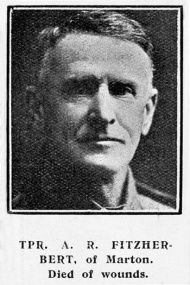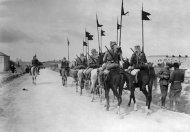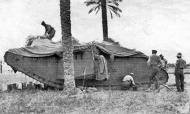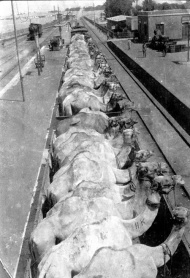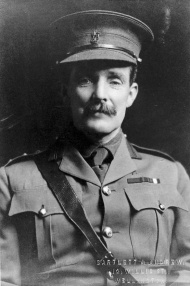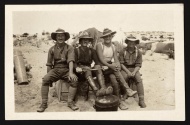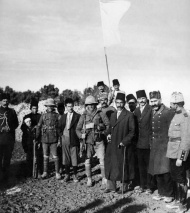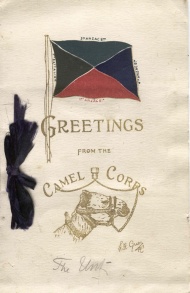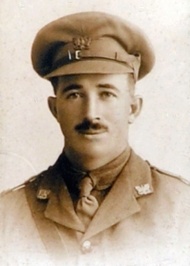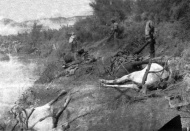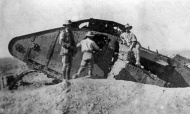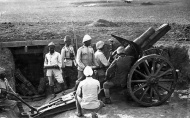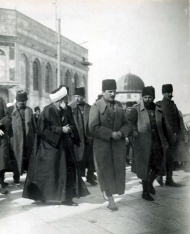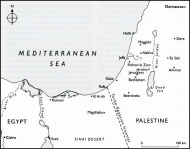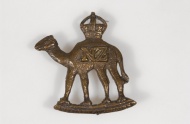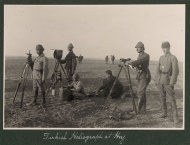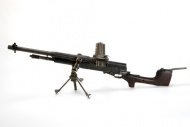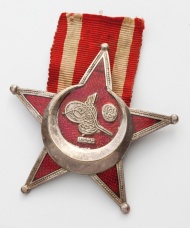Events In History
-
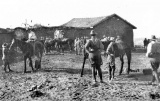 10 December 1918Anzac troops kill Arab civilians at Surafend
10 December 1918Anzac troops kill Arab civilians at SurafendAbout 40 male Arab civilians were killed by Anzac troops in revenge for the death of New Zealand Trooper Leslie Lowry. Read more...
-
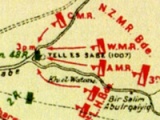 31 October 1917Capture of Beersheba
31 October 1917Capture of BeershebaThe New Zealand Mounted Rifles Brigade played a key part in the capture of Beersheba, a turning point in the struggle for the Middle East in the First World War Read more...
Articles
The Imperial Camel Corps
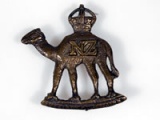
The Imperial Camel Corps, which included two New Zealand companies, played a vital role in the Sinai and Palestine campaigns during the First World War. Between 400 and 450 New Zealanders fought in the Corps, and 41 died before the two New Zealand companies were disbanded in mid-1918.
-
Page 3 – New Zealand Camel Companies
In August 1916 No 15 (New Zealand) Company, Imperial Camel Corps, was formed from men originally intended as reinforcements for the New Zealand Mounted Rifles Brigade.
-
Page 4 – End of the Imperial Camel Corps
The New Zealand camel companies served with the Imperial Camel Corps Brigade in Palestine until it was disbanded in June 1918. At that point the Kiwi cameliers were reorganised
-
Page 6 – Imperial Camel Corps organisation
Reflecting their ad hoc origins, the camel companies used a unique mixture of infantry and mounted rifles organisation and nomenclature.
Palestine campaign
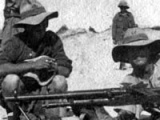
The British invasion of Ottoman-held Palestine in 1917-18 was the third - and last - campaign launched by the Allies against the Ottoman Turks in the Middle East during the First World War.
-
Page 2 – Overview
Victory in Sinai led to pressure from the British government, led by new Prime Minister Lloyd George, to invade Ottoman-controlled Palestine in 1917.
-
Page 3 – First Battle of Gaza
The commander of Eastern Force mistakenly thought that the Egyptian Expeditionary Force could capture Gaza in March 1917 by using essentially the same tactics as those employed
-
Page 4 – Second Battle of Gaza
The Second Battle of Gaza three weeks after the First Battle, was an even bigger disaster – a frontal attack by British infantry divisions resulted in their suffering some 6000
-
Page 5 – Third Battle of Gaza
The third, successful attempt by the British to capture Gaza began in late October 1917.
-
Page 6 – The Trans-Jordan raids
Two raids east of the Jordan River cost 3000 casualties. They are the first real defeats suffered by the EEF since the Second Battle of Gaza.
-
Page 7 – Battle of Megiddo
The final battle of the Palestine campaign in September 1918 resulted in arguably the most decisive British victory of the war.
-
Page 8 – Further information
Further reading relating to New Zealand's role in the Palestine campaign of the First World War
The Ottoman Empire
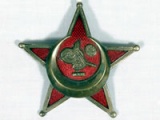
Few Kiwis today know much about one of our main First World War enemies, the Ottoman Empire - a sophisticated but often forgotten empire whose soldiers fought against New Zealand troops for four years in the Gallipoli, Sinai and Palestine campaigns.
-
Page 5 – Ottoman Empire at war
How the Ottoman Empire fared during the First World War
-
Page 8 – The Arab Revolt, 1916-18
The rise of its Arab subjects against the Ottoman Empire in the later years of the First World War saw them fight alongside the British forces, though ultimately they were
British Empire
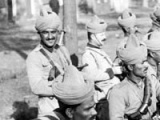
Key information and statistics about countries who fought as part of the British Empire during the First World War
-
Page 3 – Commonwealth of Australia
Key information and statistics about the Commonwealth of Australia during the First World War
-
Page 5 – British India
Facts and statistics about India during the First World War
Pacific Islanders in the NZEF
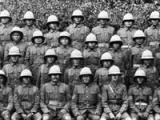
Cook Islanders, Niueans, Fijians and Gilbert Islanders all took their place in the ranks of the New Zealand Expeditionary Force during the First World War. As well as the dangers of war, Pacific soldiers faced language difficulties, an unfamiliar army diet and European diseases.
- Page 3 - The Rarotongan CompanyInformation on the New Zealand Rarotongan Company, which served in the Sinai and Palestine campaigns
NZ Railways at war

The railway system and its workforce was one of the most valuable assets available to the New Zealand state to support the national effort during the First World War
- Page 2 - Railways in the First World WarThe steam railway was a driving force of the industrial revolution and European imperialist
Wellington Mounted Rifles Regiment timeline
Timeline for the Wellington Mounted Rifles in 1915
-
Page 4 – 1918
The Wellington Mounted Rifles Regiment (WMR), along with the rest of the New Zealand Mounted Rifles Brigade (NZMR), moves east across Palestine into the Jordan Valley in early
Auckland Mounted Rifles Regiment timeline
The Auckland Mounted Rifles Regiment actions in 1915, from Sinai to Gallipoli
-
Page 4 – 1918
The Auckland Mounted Rifles Regiment (AMR) and the rest of the New Zealand Mounted Rifles Brigade (NZMR) move east across Palestine into the Jordan Valley in early 1918 as part
The Post and Telegraph Department at war
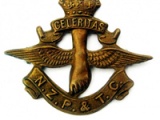
The Post and Telegraph Department (the government agency from which New Zealand Post, Telecom and Kiwibank are descended) was crucial to this country’s participation in the First World War.
-
Page 6 – Communications on the Western Front
In April 1916, the recently formed New Zealand Division was transported by troopship across the Mediterranean from the Egyptian port of Alexandria to Marseille in the south of
Canterbury Mounted Rifles Regiment timeline
In May the CMR and the rest of the New Zealand Mounted Rifles Brigade (NZMR) are thrown – as infantry – into the desperate struggle to seize the commanding heights of the Gallipoli Peninsula. In the next four months the regiment suffers more than half of all its casualties in the war.
- Page 4 - 1918The Canterbury Mounted Rifles Regiment (CMR) and the rest of the New Zealand Mounted Rifles Brigade (NZMR) move east across Palestine into the Jordan Valley in early 1918 as part
NZ's First World War horses
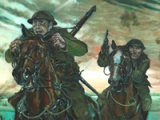
Between 1914 and 1916 the New Zealand government acquired more than 10,000 horses to equip the New Zealand Expeditionary Force. They served in German Samoa, Gallipoli, the Middle East and on the Western Front. Of those that survived the war, only four returned home.
- Page 6 - Sinai and PalestineSeveral thousand of the New Zealand forces’ horses remained in the Middle East when the New Zealand Division sailed to France. These horses served with the New Zealand Mounted
Related keywords
- auckland mounted rifles
- new zealand mounted rifles
- WW1
- timeline
- ottoman army
- canterbury mounted rifles
- postal service
- last post stories
- sinai campaign
- wellington mounted rifles
- WW1 stories
- horses
- maps
- 2nd battle gaza
- gallipoli campaign
- western front
- railways
- edmund allenby
- egyptian expeditionary force
- harry chauvel
- camel corps
- cemeteries
- egypt
- commonwealth war graves commission
- WW1 maps
- casualties
- death
- rarotongan company
- indian army
- indians
- ottoman empire
- german air force
- victor adolph
- austro-hungarian empire
- battle of megiddo
- 1st battle gaza
- ronald mackenzie
- battle of magdhaba
- arthur fitzherbert
- tanks
- transport
- edward chaytor
- british army
- cook islands
- christmas
- australia
- british empire
- victoria cross
- ottoman air force
- war objects
- badges
- insignia
- artillery
- dominion of new zealand
- conscription
- influenza pandemic
- pioneer battalion
- niue
- narrow neck camp
- pacific peoples
- weapons
- medals
- balkans
- bulgaria
- russia
- salonika campaign
- armistice
- dardanelles attack
- kemal ataturk
- arab revolt
-
Main image: Signallers in the Middle East
New Zealand signal post at Ayun Kara during the Palestine campaign

